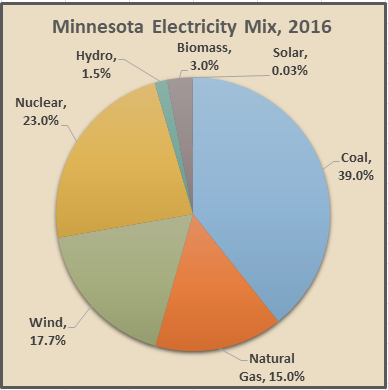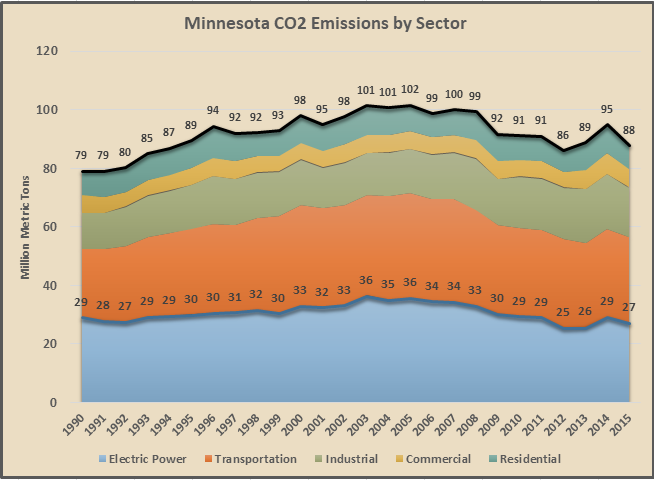Will Minnesota Learn From Germany’s Green Energy Failures?
Both Germany and Minnesota are often touted as green energy success stories because government policies have required the incorporation of large amounts of renewable energy into their electricity generation portfolios. However, the increasing reliance on renewable energy in both Germany in Minnesota have come with large price tags and resulted in zero meaningful reductions in carbon dioxide emissions, making them incredibly expensive failures.
Despite spending more than $800 billion on wind and solar power, Germany was still dependent upon coal for approximately 40 percent of its electricity production in 2017. Natural gas comprised 13.1 percent electricity generation, nuclear accounted for 11.6 percent, bringing the total energy supplied by fossil fuels and nuclear to 64.7 percent of German electricity generation.
Renewables accounted for approximately 33 percent of German electricity with wind making up the largest share at 16.1 percent of electricity generation. Biomass, solar, and hydroelectric account for 7 percent, 6.1 percent, and 3 percent, respectively.
American Experiment’s recent report, Minnesota Energy Policy: The High Cost of Failure, shows that Minnesota has spent at least $15 billion on wind turbines and transmission lines, which is about $7,024 for each Minnesota household. As a result, the state has a similar generation portfolio to Germany.
In 2016, coal accounted for 39 percent of electricity generation, nuclear accounted for 23 percent, natural gas 15 percent, wind 17.7 percent, biomass 3 percent, and solar accounted for just 0.03 percent of electricity generation in the state.

Although Germany increased the amount of electricity derived from renewable energy over the last decade, carbon dioxide emissions have been essentially flat since 2009.

Minnesota has experienced a similar situation, where large investments in wind power have failed to translate into any meaningful reductions in carbon dioxide emissions since 2009.

Germany and Minnesota have both spent large sums of money attempting to reduce their greenhouse gas emissions by incorporating more renewables into the grid, only to experience zero meaningful CO2 reductions.
Rather than focusing on reducing carbon dioxide emissions, Minnesota lawmakers and regulators should focus on ensuring families and businesses have access to affordable, reliable sources of electricity.